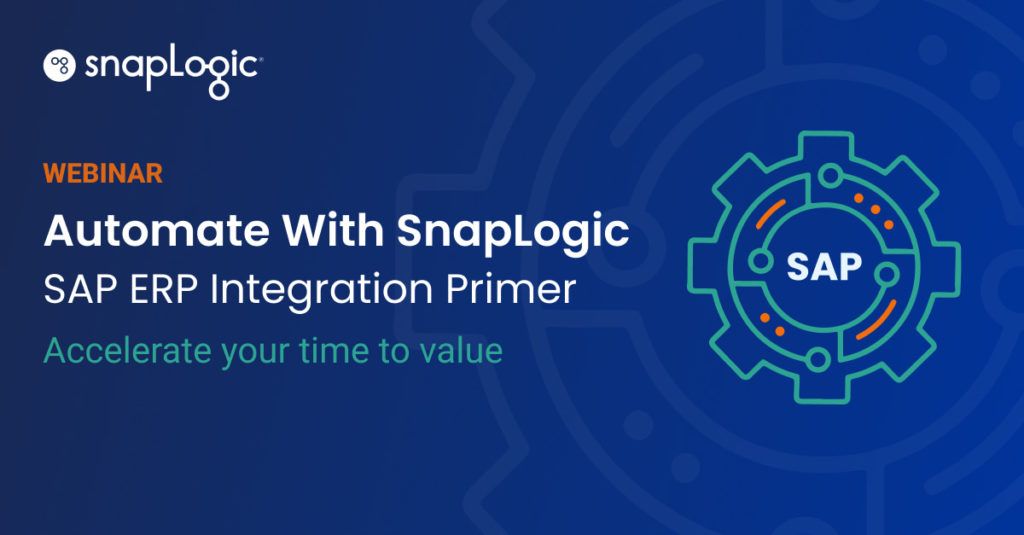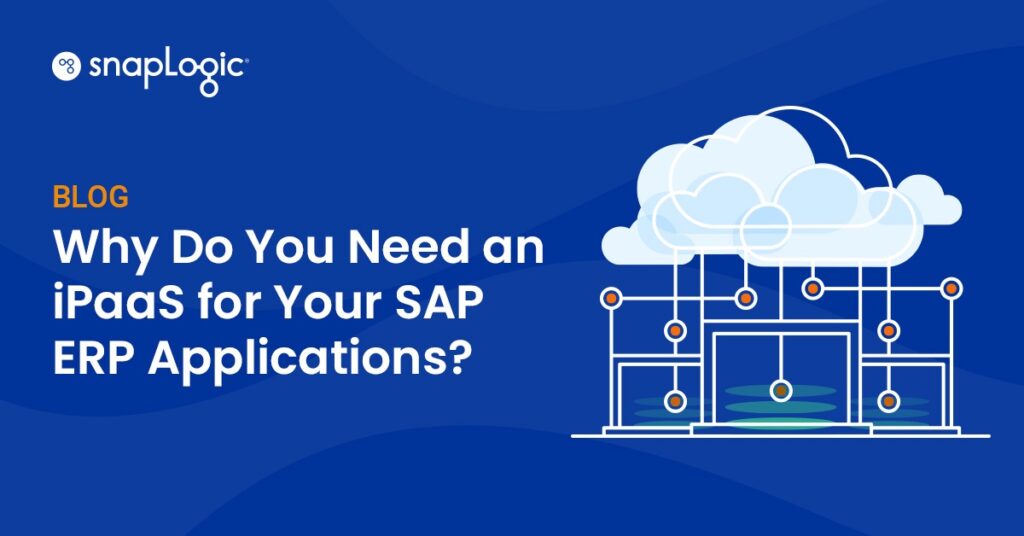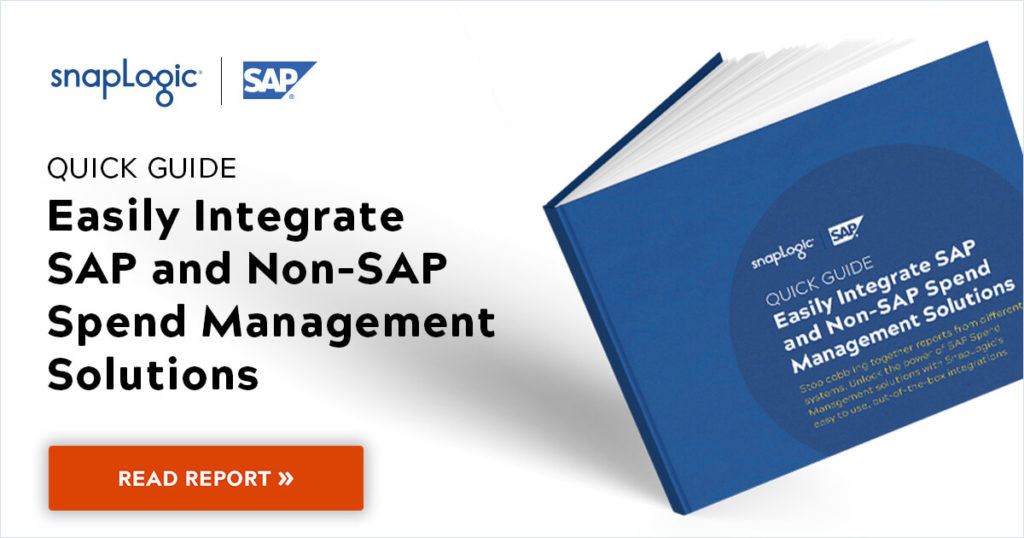What is SAP Analytics?
SAP Analytics is a predictive cloud analytics system that uses analysis of big data to predict future outcomes. It is known as business intelligence software as it is specifically designed to assist businesses in making the most out of their data through cloud analytics. Like similar systems, such as the Salesforce analytics cloud, the business intelligence cloud created by SAP Analytics gives users a platform through which they can input their data to analyze it and create actionable insights.
To use financial planning as an example, the functionality of SAP analytics is very useful on an enterprise level. It uses the SAP analytics cloud to pull real-time data from across an organization’s system. This will then use predictive modelling to forecast likely future results and enables users to run simulations so as to inform better decision-making at an executive level.
The SAP analytics cloud is also designed to automatically identify trends and information of note that’s occurring within a user’s data. This gives users a 360-degree view of every aspect of their business and how they are impacting on each other. The resultant business models generated by SAP Analytics can increase confidence in the direction and decisions being taken as they are based on industry-leading enterprise planning processes.
The augmented analytics of SAP’s business intelligence improve users’ ability to align their business and ensure that their systems and processes are optimized for their intended purposes. SAP cloud analytics in particular assists this process because of the potential to upload, process, and analyze enormous amounts of data, up to petabytes.
Another important feature is the ease of use that’s provided by the SAP integration API. This includes the ability of the SAP analytics cloud to respond to natural language queries, making the system accessible to a wider spectrum of users within the organization.






